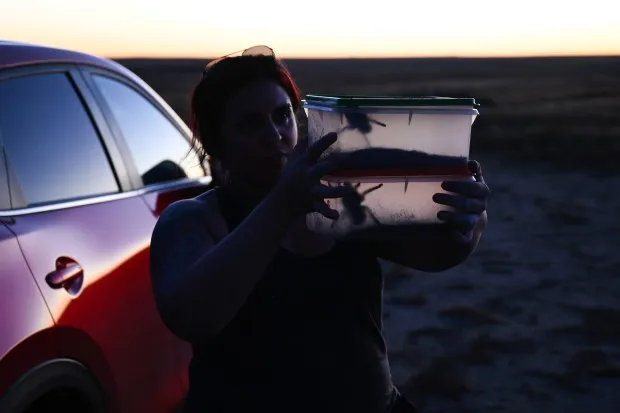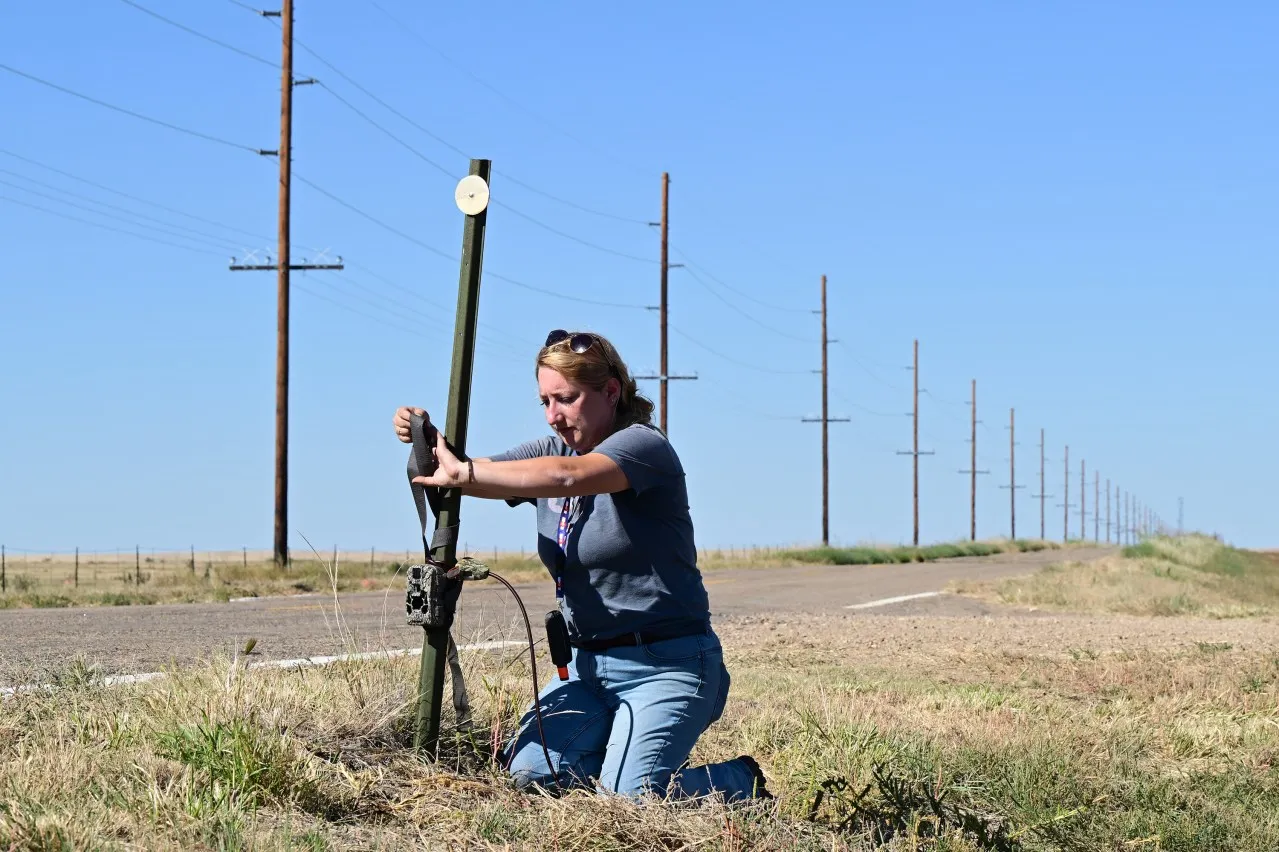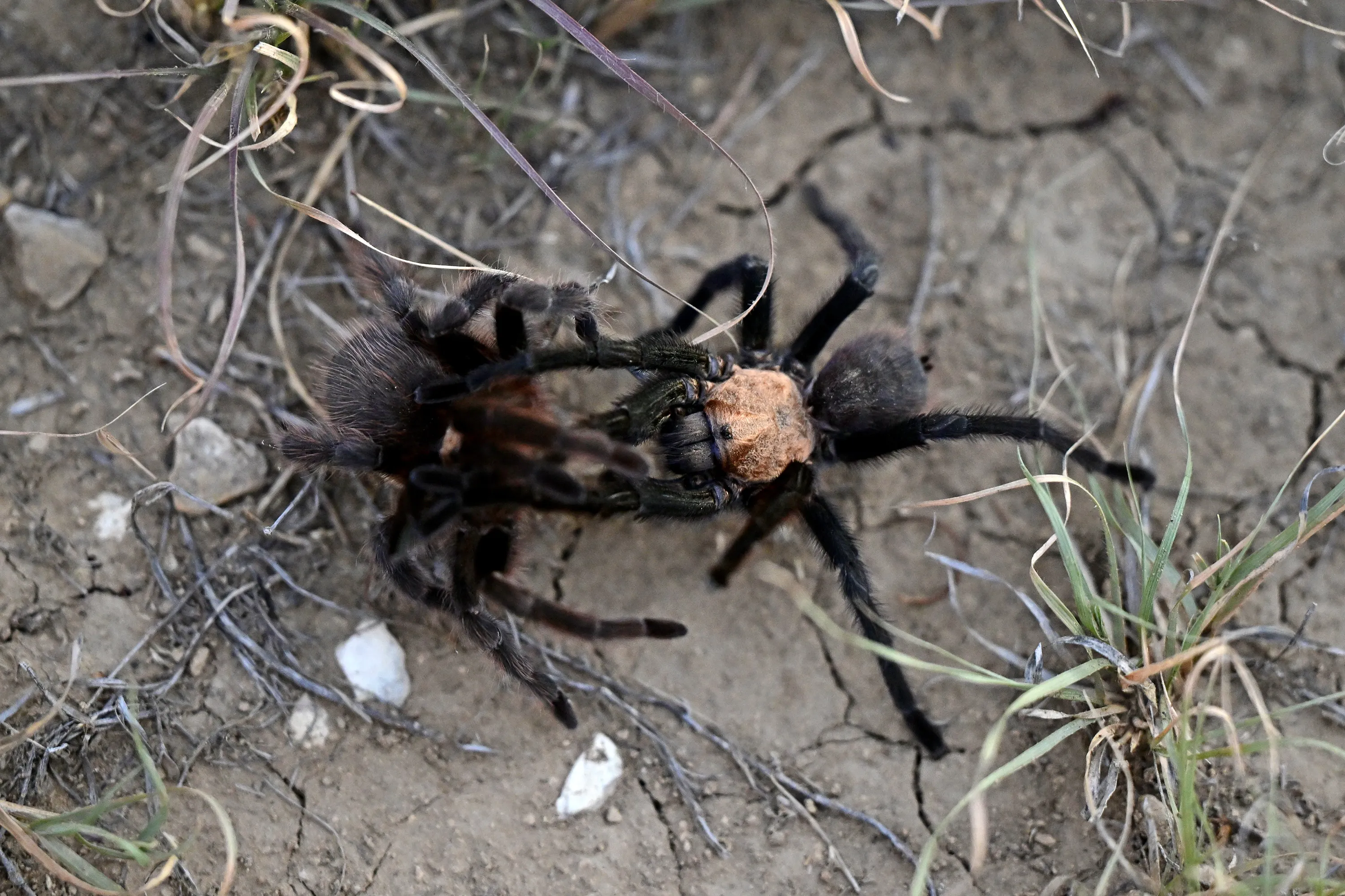Denver, Colorado, might be known for its bustling city life and stunning mountain views, but it also hosts a fascinating natural event the Denver Tarantula Crawl. This annual phenomenon sees thousands of tarantulas, primarily the Oklahoma Brown Tarantula, emerge from their burrows in search of mates. This migration offers a unique opportunity for nature enthusiasts and curious onlookers to witness these impressive arachnids in their natural habitat. Observing the crawl requires knowledge, patience, and respect for the environment. This guide will provide everything you need to know about experiencing the Denver Tarantula Crawl safely and responsibly, ensuring an unforgettable wildlife encounter.
What is the Denver Tarantula Crawl
The Denver Tarantula Crawl is the annual migration of mature male tarantulas seeking mates. This event typically occurs in late summer and early fall, when the males leave their burrows and begin their journey. The crawl is not a single event but rather a period during which these spiders are actively moving and visible. The tarantulas, though intimidating in appearance, are generally harmless to humans. Their primary focus is reproduction, and they can be observed roaming across open spaces, roads, and trails in search of receptive females. This natural spectacle is a testament to the resilience and instincts of these creatures, offering a unique glimpse into their life cycle and behavior.
When and Where to Find Denver Tarantulas
Prime Crawl Season

The peak of the Denver Tarantula Crawl typically falls between September and October. The exact timing can vary slightly depending on the weather conditions, particularly temperature and rainfall. Warm days and cooler nights often trigger the mass movement of the males. Monitoring local weather forecasts can help anticipate the best time to observe the tarantulas. It’s advisable to plan your viewing trips during this window for the highest chance of witnessing the crawl in full swing. Keep in mind that the crawl’s duration is limited, so it is best to start early in the season to increase your chances.
Optimal Locations for Spotting Tarantulas
Several locations around Denver are known hotspots for the tarantula crawl. These areas typically include open grasslands, prairies, and foothills with favorable habitat. Some popular spots include certain areas south and east of Denver. Checking with local wildlife organizations and online forums can provide more specific location information and updates on recent sightings. When visiting these areas, be prepared to walk and explore. The tarantulas can be found along trails, roadsides, and in open fields. Be aware of your surroundings and always respect the natural environment to ensure a safe and enjoyable experience.
Tips for Successful Tarantula Spotting
Best Time of Day to Observe Tarantulas

The best time to observe tarantulas during the crawl is generally in the late afternoon and early evening. As the day cools down, tarantulas become more active and are more likely to be seen. The low light conditions can also make them easier to spot against the ground. It is also a good time to observe their behavior, as they start to move actively in search of a mate. During the peak crawl season, extending your search into the early hours of the night can also yield interesting observations, especially if using a flashlight with a red filter to minimize disturbance to the spiders.
Essential Equipment for Tarantula Watching
To make the most of your tarantula-spotting adventure, it’s important to bring the right equipment. Sturdy hiking boots are a must, as you’ll be walking across uneven terrain. Long pants and closed-toe shoes are recommended to protect yourself from potential bites and hazards. A flashlight, preferably with a red filter, is useful for seeing the tarantulas without disturbing them. Binoculars can help you observe the spiders from a distance, and a camera with a good zoom lens is ideal for capturing photos and videos. Always bring water and snacks, and be prepared for varying weather conditions. A field guide to local spiders can also be helpful for identification.
Tarantula Behavior During the Crawl
Mating Rituals and Activities

During the crawl, male tarantulas are primarily focused on finding a mate. They roam extensively, sometimes covering significant distances, in search of female burrows. Once a male locates a potential mate, he will engage in courtship rituals, which can involve drumming or tapping to attract the female. If the female is receptive, the male will mate with her. The mating process is a delicate and interesting behavior to observe from a distance. Keep a safe distance and avoid disturbing the animals. Always appreciate these natural behaviors from afar, respecting the space of these wild creatures.
Differences Between Male and Female Tarantulas
There are several key differences between male and female tarantulas that can help you distinguish them. Male tarantulas, during the crawl, tend to be more active and often have longer legs. They also may have a more slender abdomen. Female tarantulas typically remain in their burrows or are less mobile during this period. They have a more robust build and are generally larger than the males. Understanding these differences can enhance your ability to observe the tarantulas and appreciate their unique characteristics. The females are often seen near their burrows waiting for males, while males are constantly on the move, searching.
Safety Precautions and Ethical Considerations
Avoiding Disturbing Tarantulas and Their Habitat

When observing the Denver Tarantula Crawl, it is essential to prioritize the safety of both yourself and the tarantulas. Always maintain a respectful distance from the spiders; do not attempt to handle them or provoke them. Avoid disturbing their habitat by staying on marked trails and refraining from littering. Be aware of your surroundings and watch out for potential hazards such as uneven terrain, other wildlife, and changing weather conditions. Practicing responsible wildlife viewing ensures that you can enjoy this unique natural event while minimizing your impact on the environment.
Dealing with Tarantula Encounters
If you encounter a tarantula, remain calm and observe it from a safe distance. Tarantulas are not aggressive and will generally not bite unless threatened. If you are bitten, clean the wound thoroughly with soap and water and seek medical attention if necessary, particularly if you experience any severe reactions. Do not attempt to capture or relocate the tarantulas. Instead, appreciate these creatures in their natural environment and let them continue their activities undisturbed. Report any unusual observations or concerns to local wildlife authorities. Following these guidelines ensures you can enjoy the crawl while also promoting responsible wildlife observation.
Witnessing the Denver Tarantula Crawl is an unforgettable experience. By understanding the spiders’ behavior, knowing where and when to look, and practicing responsible observation, you can safely enjoy this fascinating natural event. Remember to respect the environment and the creatures you are observing, allowing future generations to experience this unique phenomenon. Armed with knowledge and a sense of adventure, you are now ready to embark on your own Denver tarantula-spotting journey and create lasting memories of the natural world.
